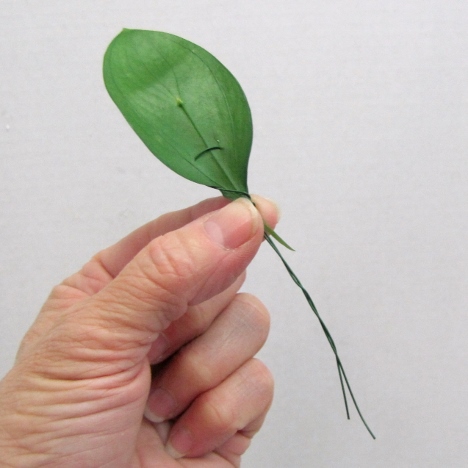How to Make a Corsage
Interesting foliage is a big key to turning simple corsages into works of art. Choose a mixture of greenery that you can also work into matching boutonnieres, bouquets and centerpieces.
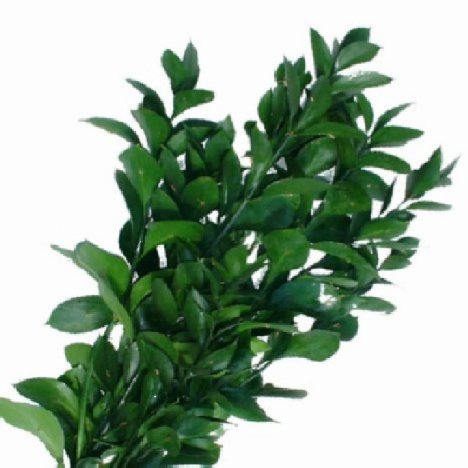
One simple stem of Israeli Ruscus provides enough leaves for a couple of corsages or boutonnieres.
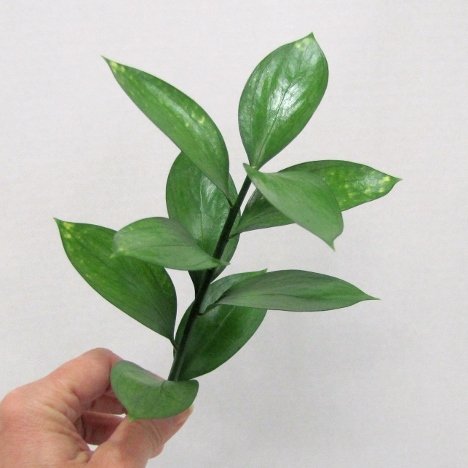
Professional florists use a spray plant polish to clean the leaves, leaving a bright shiny gloss that looks better than the dull leaves with a splotchy look sometimes left by hard water spots.
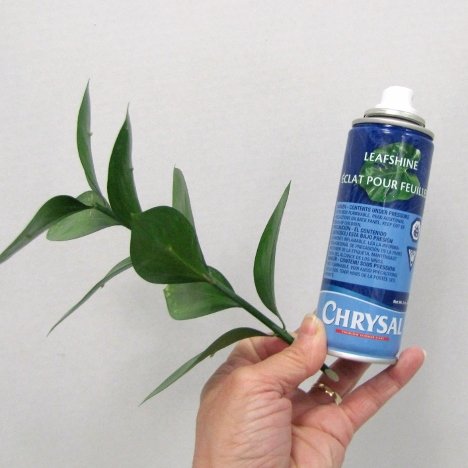
I usually cut a nice lateral stem, strip off the bottom leaves to be individually wired for corsage and boutonniere work and set aside the nice stemmed section for use in bridal and bridesmaid bouquet work.
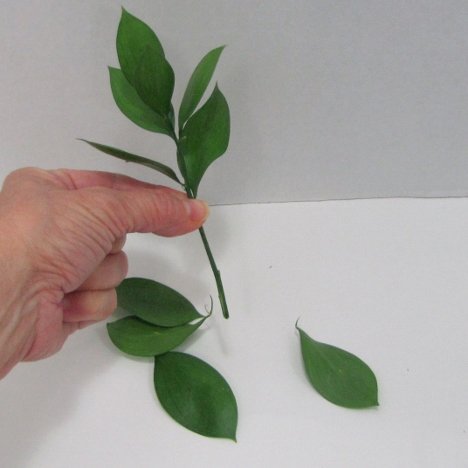
Using green enameled florist wire (resistant to rust), I use a "stitch" pattern, piercing the leaf at the bottom with a 24 or 26 gauge wire.
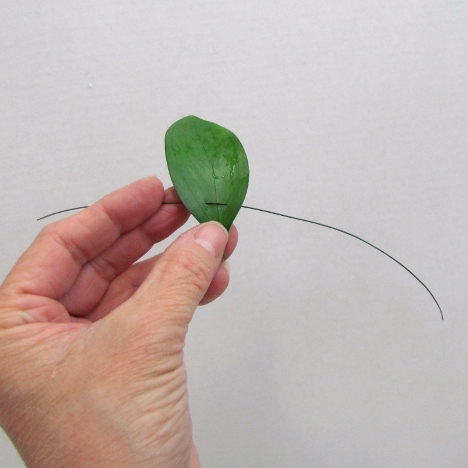
Florist wire gauge is determined by numbers. Lower numbers like 18 are much heavier, with the wire getting thinner and more flexible as the numbers get higher. I like 24 or 26 gauge, which creates a nice stable flower stem, but doesn't add excessive bulk to corsage work.
Gently bend the wire down to form an individual stem that can be covered with floral tape.
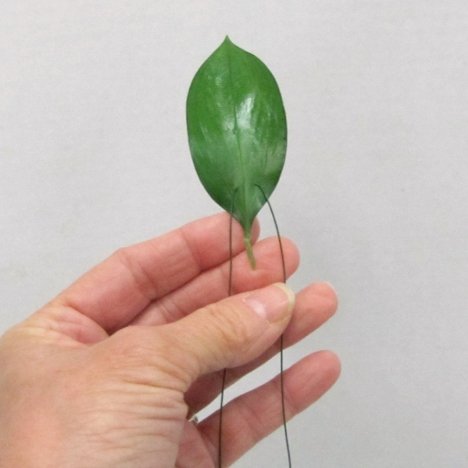
Pinch the leaf at the bottom around the wire, and then cover with tape, pulling in a downward motion and turning the leaf as you tape the wire.
